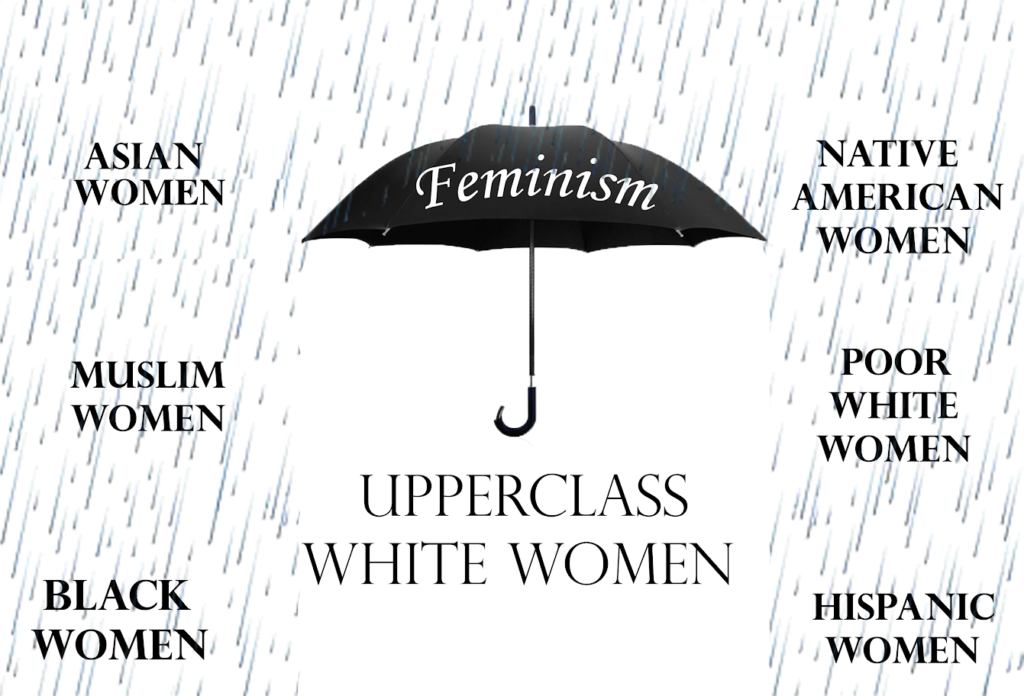Fajr Abdul Azeez – Contributor
Today women can vote, run for political office and escape the boundaries of being a housewife, but has the feminist movement solved all our problems?
The first wave of feminism occured around the late 19th and early 20th century. The Women’s Movement in America was an evolution from social reform groups such as the abolitionists.
Much of early feminism was focused on overturning legal inequalities, such as the women’s suffrage movement. Feminists at the time were mainly known as Suffragists.
Women who participated in the first feminist wave were Eleanor Roosevelt, Marlene Dietrich, and even insprired the creation of the face of women’s work movement, Rosie the Riveter.
Continuing into the 1960s and 70s, second wave feminists turned their focus to racial inequalities, gender norms
and challenged the role of women in society.
Some leaders in the feminist movement during this time were Betty Friedan, Gloria Steinem, and Angela Davis.
Going into the third wave, women were given rights and programs gained by the women of the second wave. Laws like Title IX gave women equal access to education.
Third-wave feminists were starting
Graphic by Alberto Ortiz
In the past, feminism was not intersectional, protecting only white women.
positivity movement is the most difficult to expand. Women today are encouraged to express themselves more because this wave is more digitally driven, especially by hashtag activism.
The way women are portrayed on television and in films has changed since the second wave of feminism, but sometimes the media will still make unrealistic expectations for women to fit into.
On Feb. 8, 2018 actress Amy Schumer released a trailer for her new movie, “I Feel Pretty.” In the trailer, Schumer feels more confident about her body after she hits her head and is caught in an illusion that she is thin and pretty.
Since the release of the trailer many people have responded negatively to the trailer, claiming the only way for someone to feel beautiful who does not fit into societal beauty standard is to suffer brain damage.
It is the ignorance of some people that make the feminist movement move backwards.
Women are still being over sexualized and being portrayed as objects. Also the fight on equal pay has made little strides; 48 percent of American women have admitted to doing twice the work of men but still receiving half the pay, according to an article from USA Today.
Thanks to the feminists before our time women are able to work alongside men, but women are still not getting the respect they deserve.
the notion of “universal womanhood,” and these feminists were more open
in their discussions of physical and sexual abuse of women, access to contraception, and reproductive resources. They focused less on laws and more on individual identity.
Some of these women were known as “grrls,” and were viewed as powerful figures who defined their own forms of beauty.
The first two waves of feminism were a success, so third wave feminists
felt the need to define feminism for themselves by incorporating their own beliefs about what feminism is and what it is to become.
Starting in 2013, the fourth-wave of feminism is all about individual ideas. Bustle.com describes the fourth wave as “queer, sex-positive, trans inclusive, body positive, and anti-misandrist.”
Today’s feminist movement is mostly focused on how women view themselves and that it is okay to not fit into society’s beauty norms. This body








